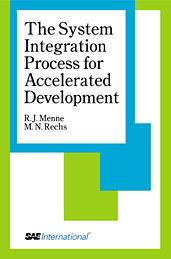Technical Paper
Vehicle Study on the Impact of Diesel Fuel Sulfur Content on the Performance of DeNOX Catalysts and the Influence of DeNOX Catalysts on Particle Size and Number
2000-06-19
2000-01-1877
A vehicle investigation programme was initiated to evaluate the influence of diesel fuel sulfur content on the performance of a DeNOx catalyst for NOx control. The programme was conducted with a passive DeNOx catalyst, selected for its good NOx reduction performance and two specially prepared fuels with different sulfur contents. Regulated emissions were measured and analysed during the course of the programme. The NOx conversion efficiency of the DeNOx catalyst increased from 14 to 26% over the new European test cycle when the sulfur content of the diesel fuel was reduced from 49 to 6 wt.-ppm. In addition the number and size of particles produced using 6 wt.-ppm sulfur fuel were measured by two different techniques: mobility diameter by SMPS and aerodynamic diameter by impactor. The influence of the assumed density of the particulate on the apparent diameters measured by the two techniques is discussed.

